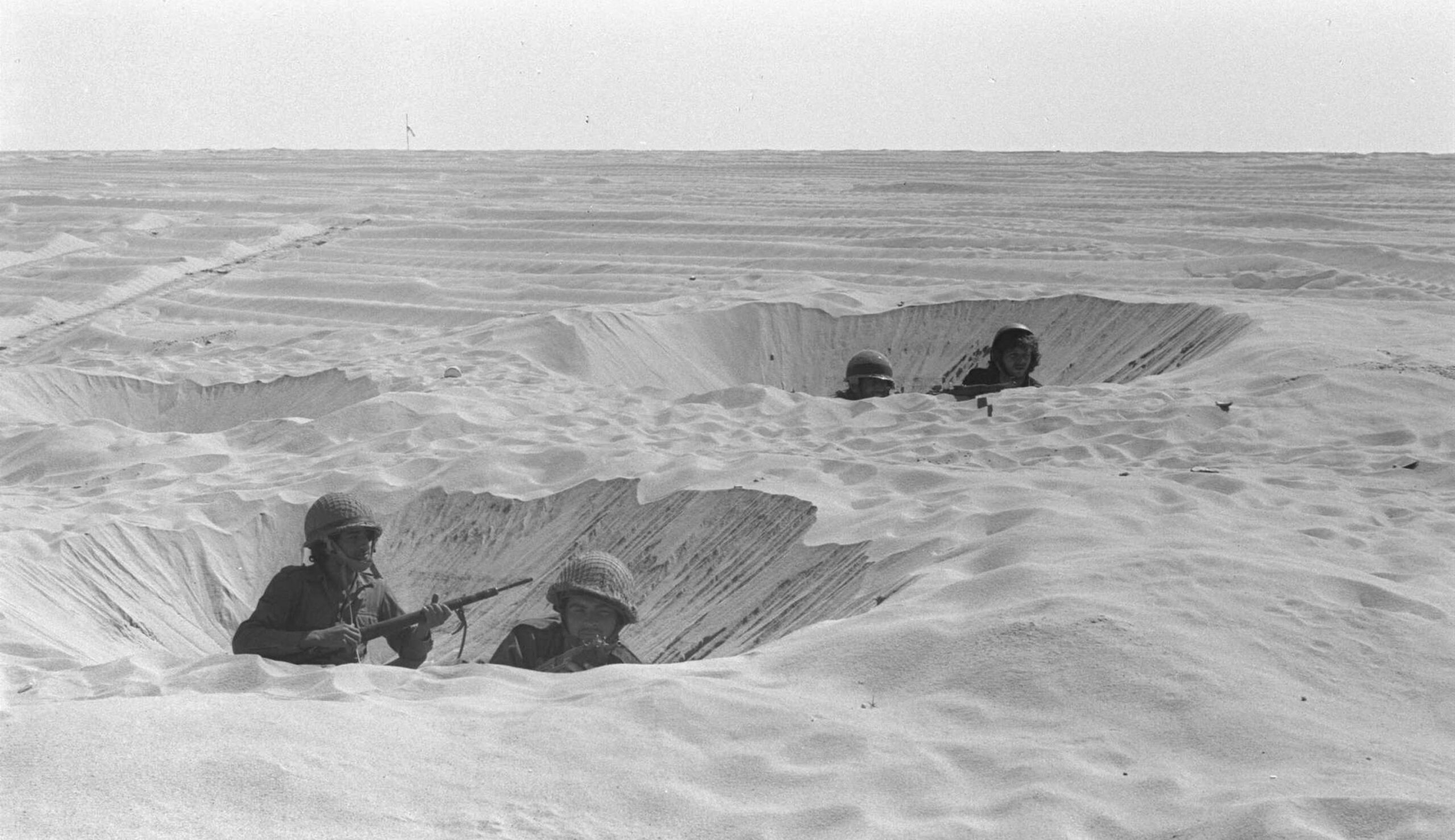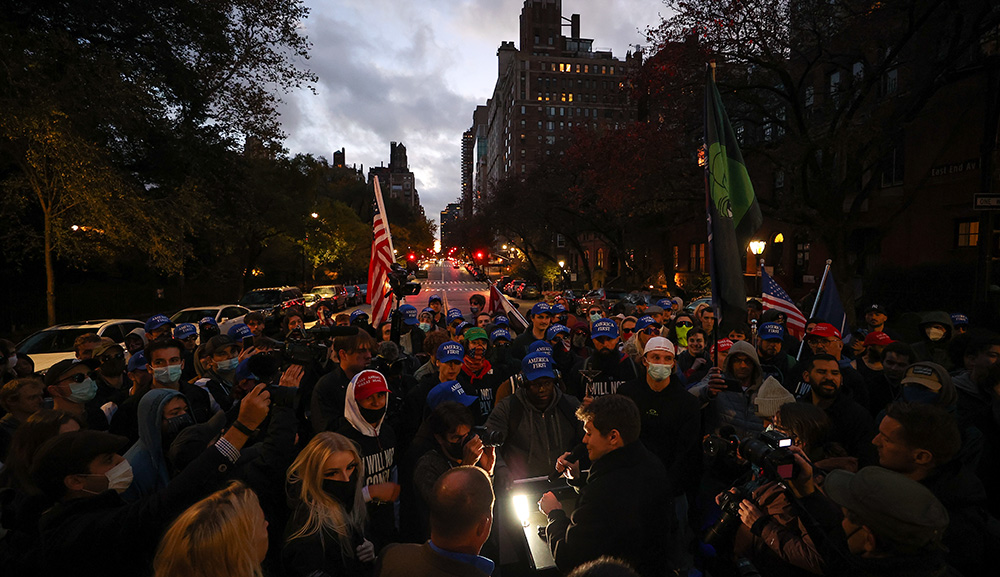During World War II, an untold number of Jewish children were sheltered by Gentiles, often in orphanages and convents. In 1946, Yitzḥak Halevi Herzog—a Polish-born rabbi who grew up in England and France and served as the chief rabbi of Ireland before leaving for the Land of Israel—traveled to Europe on a quest to find these children, whose caretakers and adoptive parents weren’t always ready to give them up. Herzog, who would later become Israel’s first Ashkenazi chief rabbi, returned to the British-ruled Palestine six months later with 500 children in tow. Shai Ben-Ari writes:
After the Allied victory in Europe in May 1945, Rabbi Herzog maintained his focus on the rescue of the continent’s surviving Jews. By his own estimate, at the end of the war, some 10,000 Jewish children were held in secret by Catholic institutions and non-Jewish families who had bravely taken them in for their own safety.
Before he began the search, [Herzog] stopped at the Vatican, where he sought the help of Pope Pius XII. The rabbi came with a message of thanks for the crucial intervention of Catholic institutions in saving young Jewish lives, but also insisted that the children now be released. . . . While Pius XII did not issue the sweeping public declaration the rabbi was hoping for, the Vatican was indeed helpful in obtaining the release of many of the children.
During his European trip, Herzog visited France, Switzerland, Belgium, Holland, England, Poland, Czechoslovakia, and Ireland. Much of the work he and his team faced was bureaucratic: they drew up updated lists of children with the help of the respective governments and local community institutions, and went about seeking Jewish organizations with the authority to assume legal guardianship. Once the initial information was collected, it was often a matter of searching through individual villages and monasteries, while using the lists as guides. Volunteers from sympathetic organizations, both Jewish and non-Jewish, were instrumental in this effort.
More about: Catholic Church, Holocaust, Jewish-Catholic relations, Righteous Among the Nations


